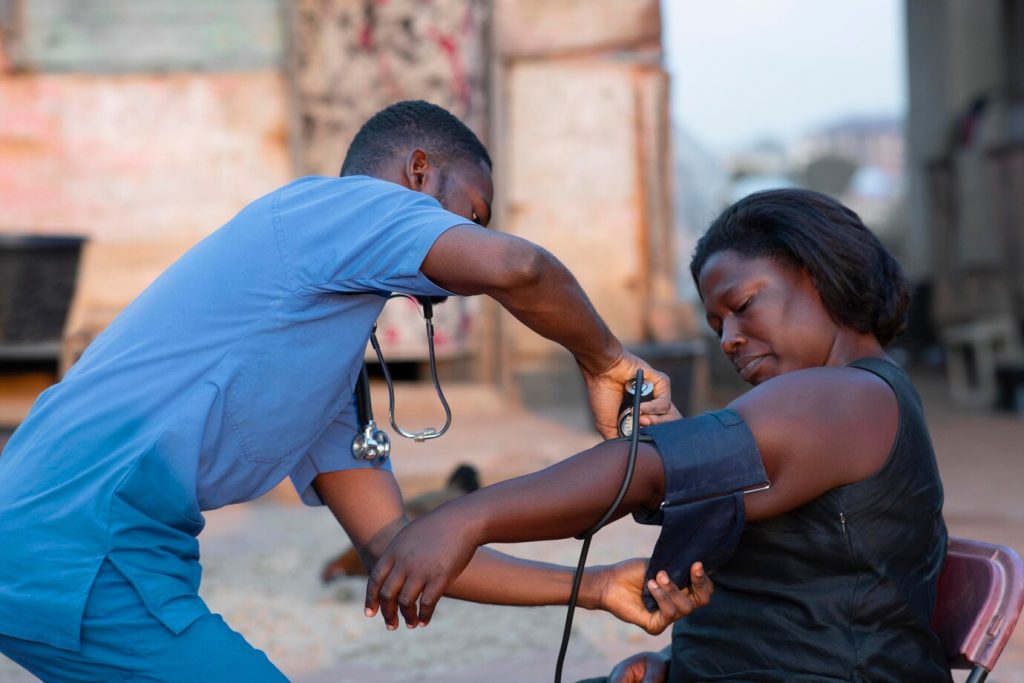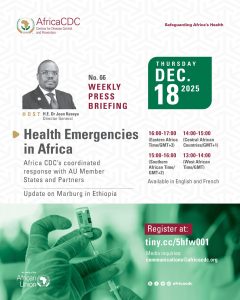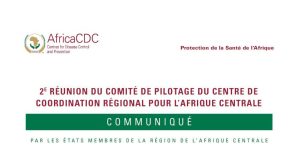Fifteen service categories, comprising a total of 110 interventions, have been identified in Africa as priorities for delivery through Community Health Workers. Now, health economists are analyzing the cost of each package to determine how it can transform health outcomes across the continent.
The Health Economics and Financing Division, along with the Division of Community Health Systems at Africa CDC’s Centre for Primary Health Care (PHC), is leading efforts to develop an efficient Community Health Worker package that delivers significant economic benefits. By evaluating the cost-effectiveness of prioritized services, they aim to ensure the best possible value for investment.
Beyond defining a cost-effective package, these findings will support the Health Economics and Financing Division and the Division of Community Health Systems at PHC in building a comprehensive investment case to demonstrate the financial benefits of Community Health Worker programs for African countries.
“By developing a list of cost-effective services offered by Community Health Workers, African countries will achieve better value when delivering health services to their populations,” said Dr. Docrat Sumaiyah, Acting Head of the Health Economics and Financing Division at Africa CDC.
From August 21–23, 2024, Africa CDC hosted a workshop in Accra, Ghana, with representatives from government agencies, healthcare providers, and community organizations across 21 African Union member states. This gathering focused on establishing a Community Health Worker service package tailored for Africa. They reached a consensus on Community Health Worker interventions for consideration, providing a strong foundation for further cost-effectiveness analysis.
Community Health Workers are the cornerstone of primary health care systems, serving as the critical link between communities and formal healthcare structures. All too often, these underappreciated health workers are the first point of contact for those seeking medical care in Africa. Recognizing their vital role, the African Union (AU) has committed to deploying two million Community Health Workers across member states.
However, the success of the AU’s plan depends on more than numbers. The real challenge lies in equipping these health workers with a standardized, cost-effective support package to enhance their efficiency.
While Community Health Worker programs across countries share similar goals, there are differences in implementation approaches, including program scope, design, maturity level, intervention package, pre-training education requirements, curriculum content, training duration, and support systems.
At the workshop, participants discussed potential systemic changes, though these were not the primary focus. Discussions included policy, strategy, curriculum, operational planning, financing, political support, governance, coordination mechanisms, and intersectoral collaboration, as well as infrastructure, mobile clinics for remote areas, and ongoing capacity building.
Seven Community Health Worker service categories were prioritized at the workshop. Health promotion services include Sexual and Reproductive Health, Pregnancy and Delivery, Child Health, Water, Hygiene, and Sanitation, and Non-Communicable Diseases and Mental Health. Disease prevention covers family planning, pregnancy, delivery, child health, and vaccinations. Screening services will address malnutrition, eye disease, dental disease, skin conditions, diabetes, hypertension, and STIs. Testing for pregnancy, malaria, and HIV was also highlighted. Additionally, curative services, referral services, Community-Based Surveillance, and palliative care are on the priority list.
“Demonstrating the cost-effectiveness of a Community Health Worker package is essential for securing support from governments and international partners,” said Dr. Sumaiyah. “Collaboration and expertise from all partners are essential to build a compelling investment case for Community Health Workers,” added Dr. James Guwani, Coordinator for the Division of Community Health and Integration of Service Delivery at Africa CDC.







